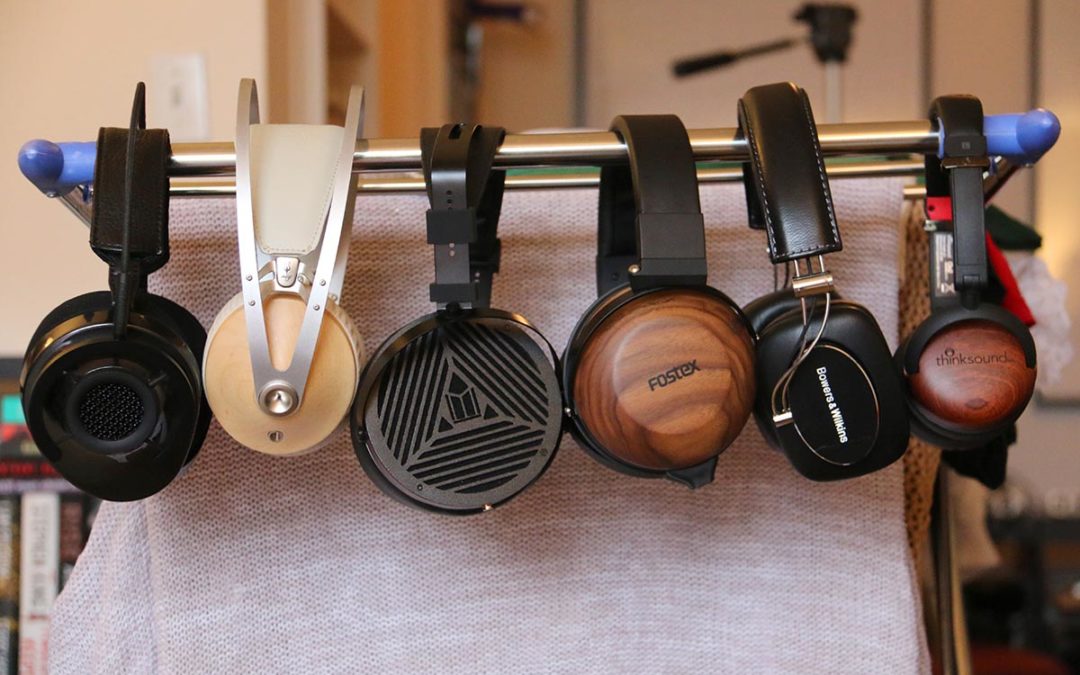A typical consumer looking for a pair of headphones may not really bother with headphone impedance; in fact, an individual may not even know what those terms mean! Did you know that headphone impedance is the most ignored specification of the majority of headphone buyers, yet it is actually one of the most important.
Not getting the right headphone impedance, also known as an impedance mismatch, will not cause anything catastrophic but the listening experience of an individual may be affected, specifically the sound quality. The terms might be too technical, but in a layman’s jargon, getting a too high or too low impedance may make or break the sound quality of your home amplifier or music player.
Table of Contents
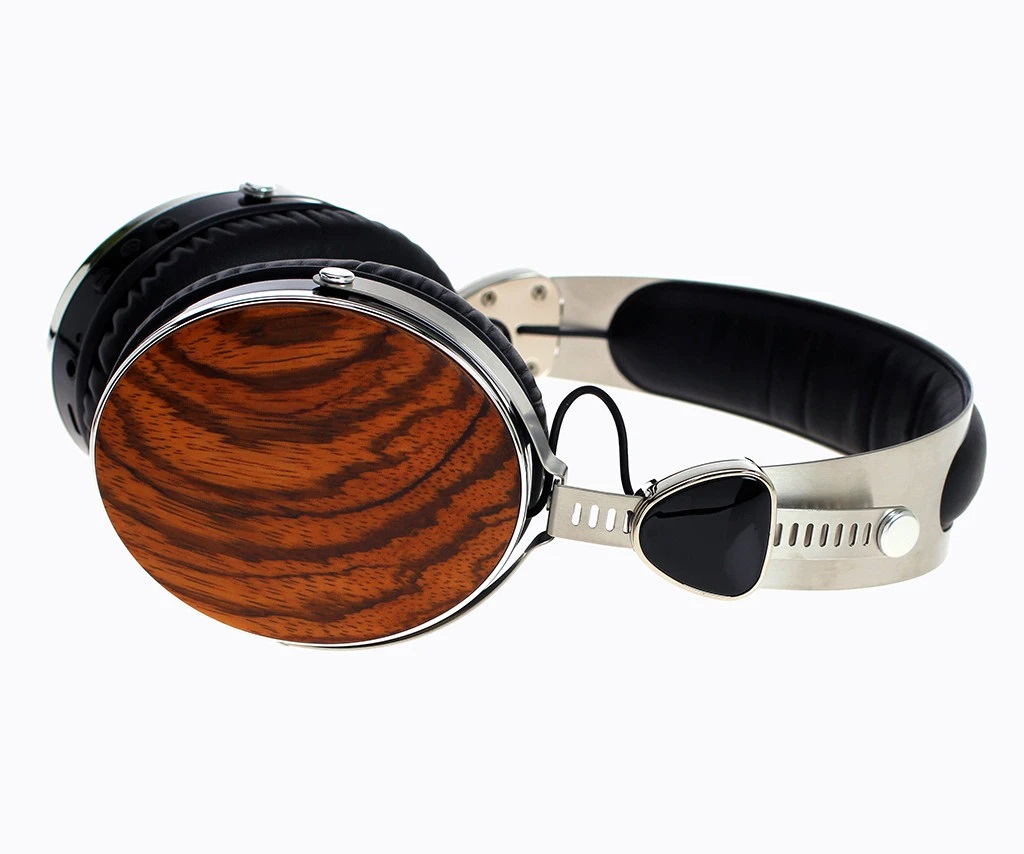
Low vs. High Headphone Impedance
So what is the difference between low and high headphone impedance? Before anything else, we need to define ohm, which is defined as the SI derived unit of measure of electrical resistance. Low impedance headphone are categorized under 50 ohms and are known to play well in devices at home (receiver, laptop, TV) or portable ones like your smart phone or cellphones. This is why the majority of over-ear, in-ear and on-ear headphones belong to the low headphone impedance specification.
Headphones with low impedance are designed to be plugged directly to a gadget with a single source so it can generate sound from the lower level input signal more efficiently. Most headphones available in the market with low impedance (25 ohms and below) need little power to deliver high sound levels. If you are looking for headphones that will work well with audio equipment with weak amplification like cellphones, smartphones, iPods, MP3s, portable music players, etc., a low headphone impedance will do the trick.
Meanwhile, high headphone impedance is very useful for professional or studio-like applications where multiple wires are used to receive an input signal from just one source. Headphones with higher impedance levels (25 ohms and higher) need more power to produce high audio levels. An advantage of high headphone impedance is that they are protected from damage usually caused by overloading. In short, the higher the headphone impedance, the better the sound experience will be. But of course, this will still depend whether you’re using the right amp to provide the needed power.
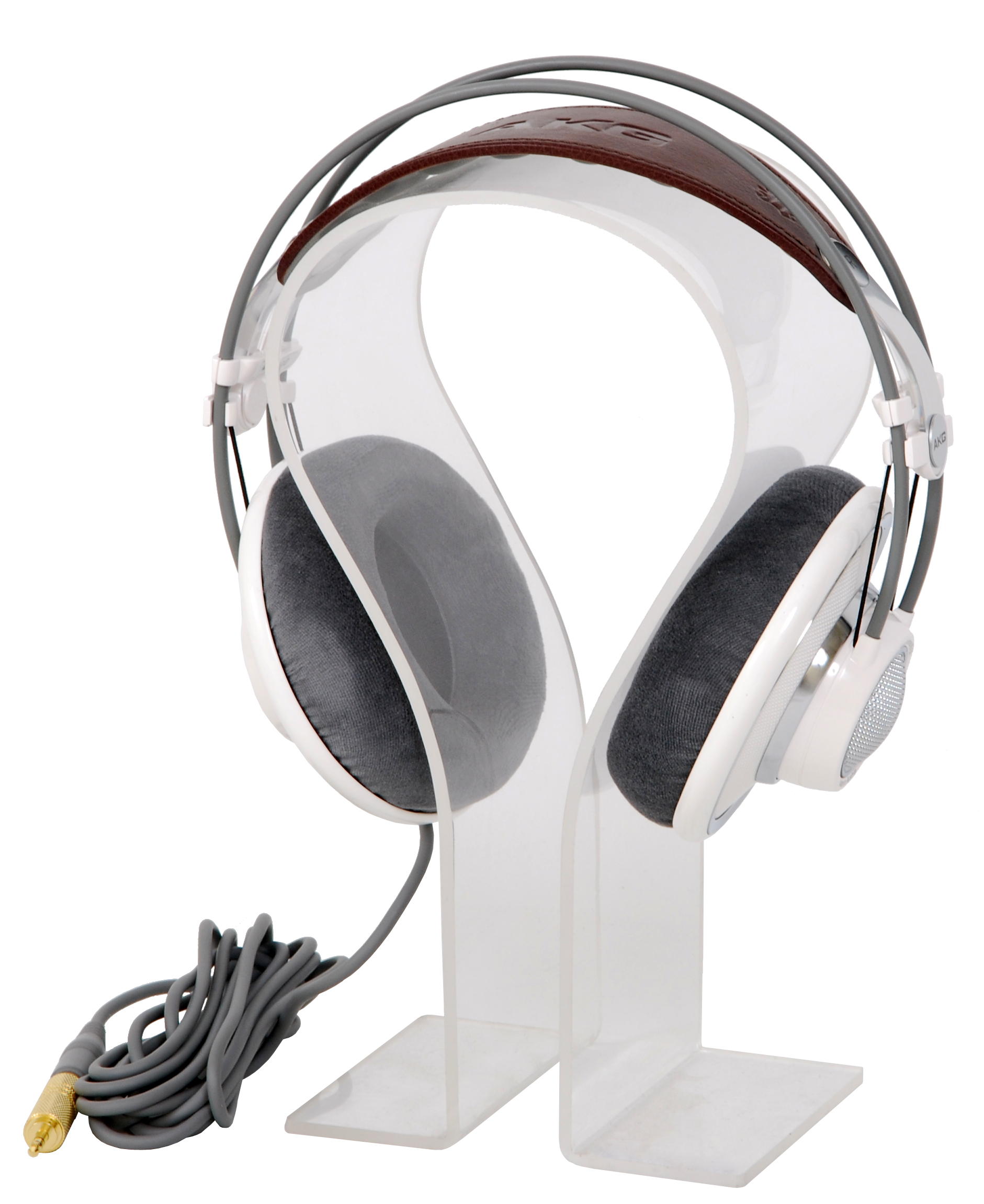
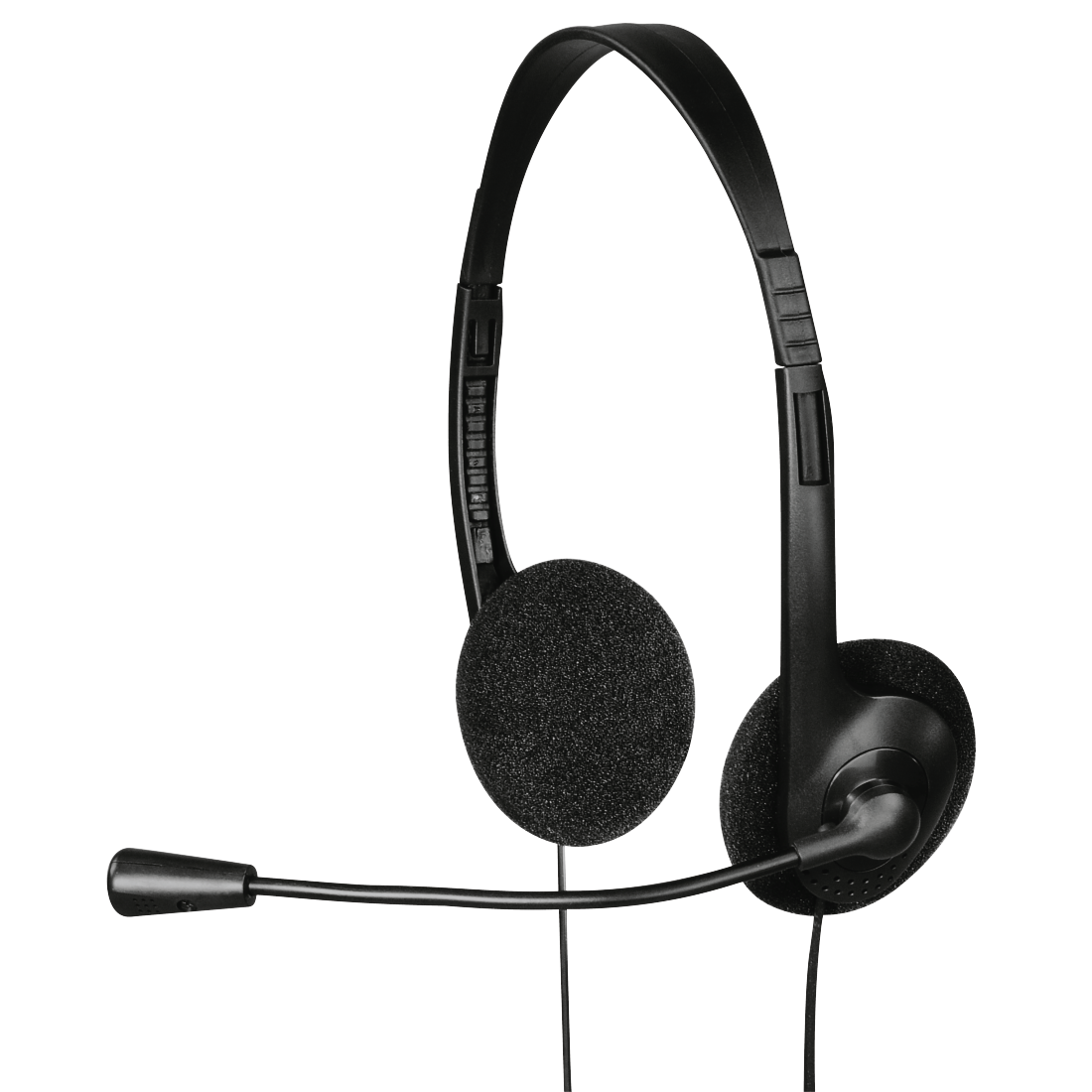
Headphone Impedance 101: What are high-impedance headphones?
If you prefer to use headphones that are much better suited for on the go use, you’d be better off with high impedance models such as Beyerdynamic and Sennheiser. Said companies offer high headphone impedance of up to 600 ohms.
Notable models of Beyerdynamic include the DT990 and DT880 which are represented in three different headphone impedance modes – 32, 250 and the 600 ohm version. Said devices have the same price even if they bear a specific headphone impedance.
If you plan to use headphones with portable, battery-powered devices or at home with an amplifier or receiver, you’ll be fine with the 32-ohm version. However, if you just plan to use headphones at home, you may need to choose units with high headphone impedance, specifically the 600-ohm versions because they sound more high-end than the 32-ohm versions. The higher the headphone impedance, the more professional the sound experience is for any type of player – sound is clearer and more transparent, soundstage is more spacious and bass definition is better.
How is Headphone Impedance Determined?
The headphone impedance of a product is largely determined by the voice coil of the driver. As an example, Beyerdynamic’s high impedance model has a voice coil wire that is super thin, half the thickness of a human hair at 0.018mm. Manufacturing voice coils made of fine wire is known to be extremely complicated and, something that needs a high level of technical and scientific equipment and expertise to come up with high quality audio gears with high headphone impedance. Since music is considered to be composed of alternating sign or signals, headphone impedance is used to rate headphones.
The higher the headphone impedance, the thinner the wires. Low headphone impedance involves heavier and thicker voice coils. The smaller diameter of audio devices with high headphone impedance allows the wire to fit tighter, allowing less air between the windings and in turn making the electromagnetic field of the voice coil more powerful. Speaking of a stronger magnetic field, all of the factors mentioned work together to reduce audio distortion for a speaker or player.
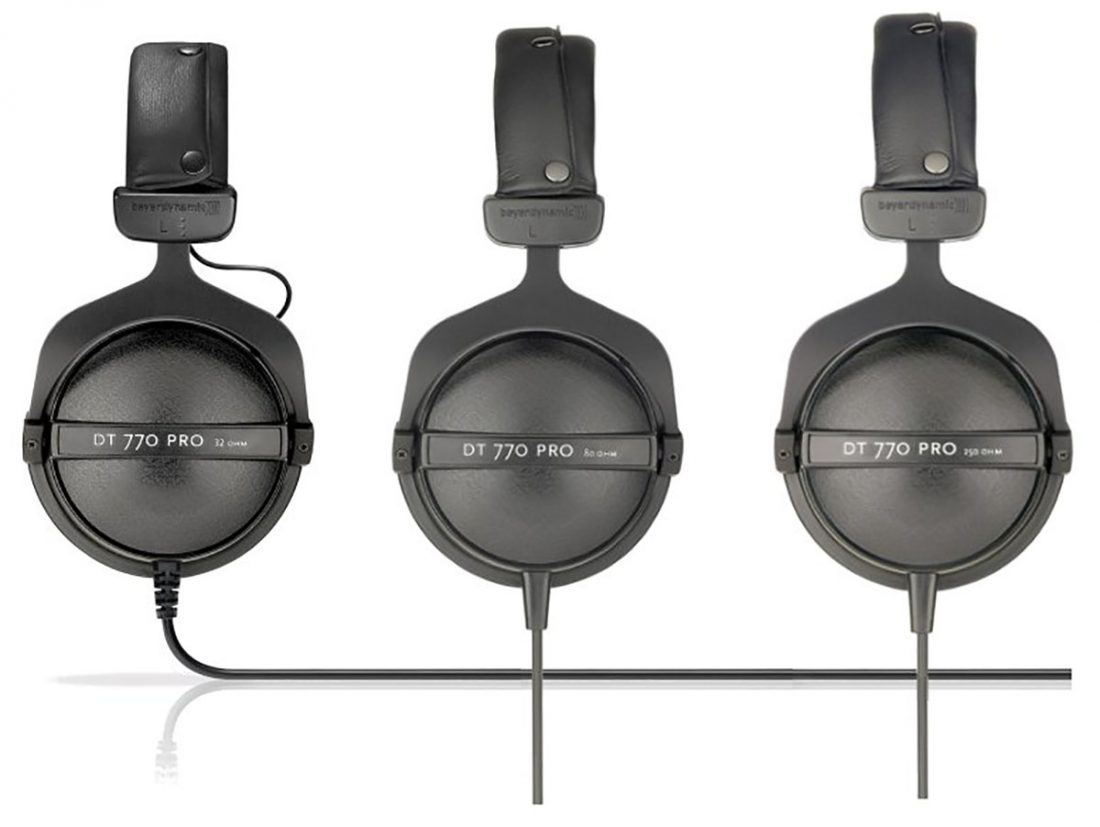
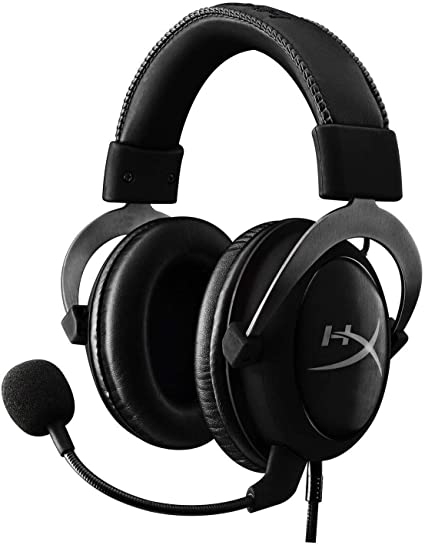
Headphone Impedance – Why Battery Powered Devices Work Best With Low Impedance
Battery-powered devices (laptop, cellphones, iPod, etc) work best with low headphone impedance because the signal voltage (unit of measure for electrical potential difference) is also low but it can still deliver high electrical current. However, if you use a headphone with high impedance and connect it to the jack of a portable, battery operated device with low current, the headphones won’t play loudly and the dynamics will be reduced, despite playing it in high volume.
In short, if you are interested in headphones that have the capacity to work optimally with portable or battery-powered music players or by using it with an integrated amp or receiver, choose a product with low headphone impedance. However, if you plan to use your headphones strictly at home, you’ll be better off with products that offer high headphone impedance, such as those from Sennheiser or Beyerdynamic, known to be the master of their craft not only in the US but globally as well.
Amplifiers, Mixers and Headphone Impedance
A headphone amplifier is a small yet powerful amplifier that is connected to the line output of an audio source or a standard headphone jack. In tech terms, a headphone amplifier presents lower output impedance and a very high input impedance. This technology allows headphones with low sensitivity to be driven louder thanks to the additional voltage provided by the current amplifier. There are several headphone amplifiers available on the net varying in cost, complexity and stereo frequency functions.
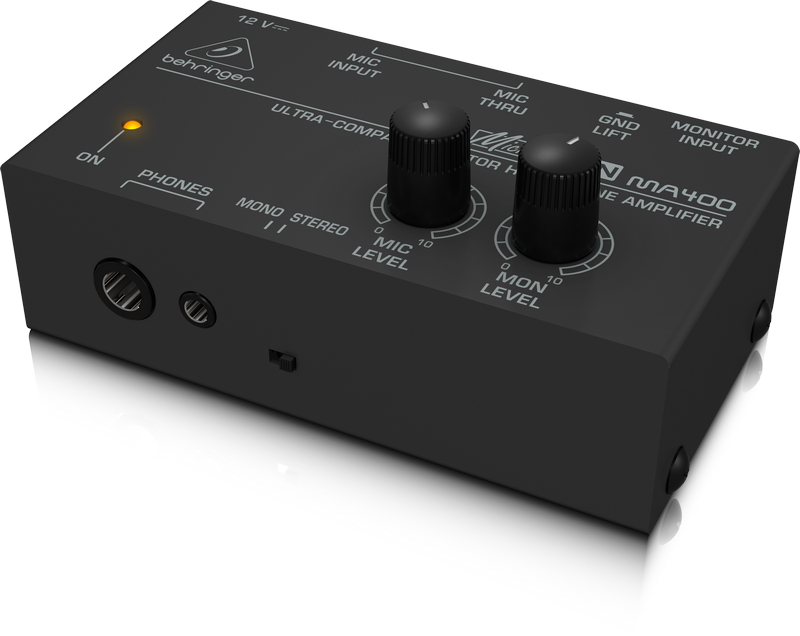

Headphone Impedance: In A Nutshell
In a nutshell, headphone impedance is a very technical measurement which is pretty difficult to explain without the use of scientific jargon and equations. If you’re not a techie, you’ll surely get a nosebleed dealing with headphone impedance. Bottomline is, headphones with higher impedance levels need more power to deliver higher audio levels. If your device has a high headphone impedance, it simply means that it is protected from damage usually caused by overloading. High headphone impedance is also recommended for the use of a wider range of high-powered audio equipment such as mixers, large stereo speakers, etc.
Meanwhile, lower headphone impedance makes a gadget more susceptible to blowouts when it is used with powerful amplifiers or mixers. For example, if you connect a headphone with low headphone impedance to a powerful DJ mixer and turn the volume up to its maximum level, there is a big risk of blowing the gadgets out, which is not really a pretty scenario.
If you are just planning to enjoy music or audio without really getting involved with professional audio equipments such as mixers, big speakers, etc., you’ll be fine with low headphone impedance. Headphones used for workout, commute or casual daily use don’t really need to be checked in terms of headphone impedance. However, it’s a whole other story if you are planning to use headphones with big audio equipment that deal with powerful amplifiers or mixers. You can consult with audio professionals to help you in choosing products with the right headphone impedance for an impressive audio experience like no other. For us, we recommend Beyerdynamic and Sennheiser products as they have already marked their reputation in this field of the audio industry.
Don’t be so hasty when purchasing audio equipment, amplifiers, etc. In fact, if you are planning to purchase high impedance headphones, it would be best for you to do some research first, especially with regards to its compatibility with the equipment you plan on pairing or using it with. For you not to get confused with the concept of headphone impedance, we are leaving you with this simple concept – the higher the headphone impedance, the higher the frequency response and the higher the sound quality.

